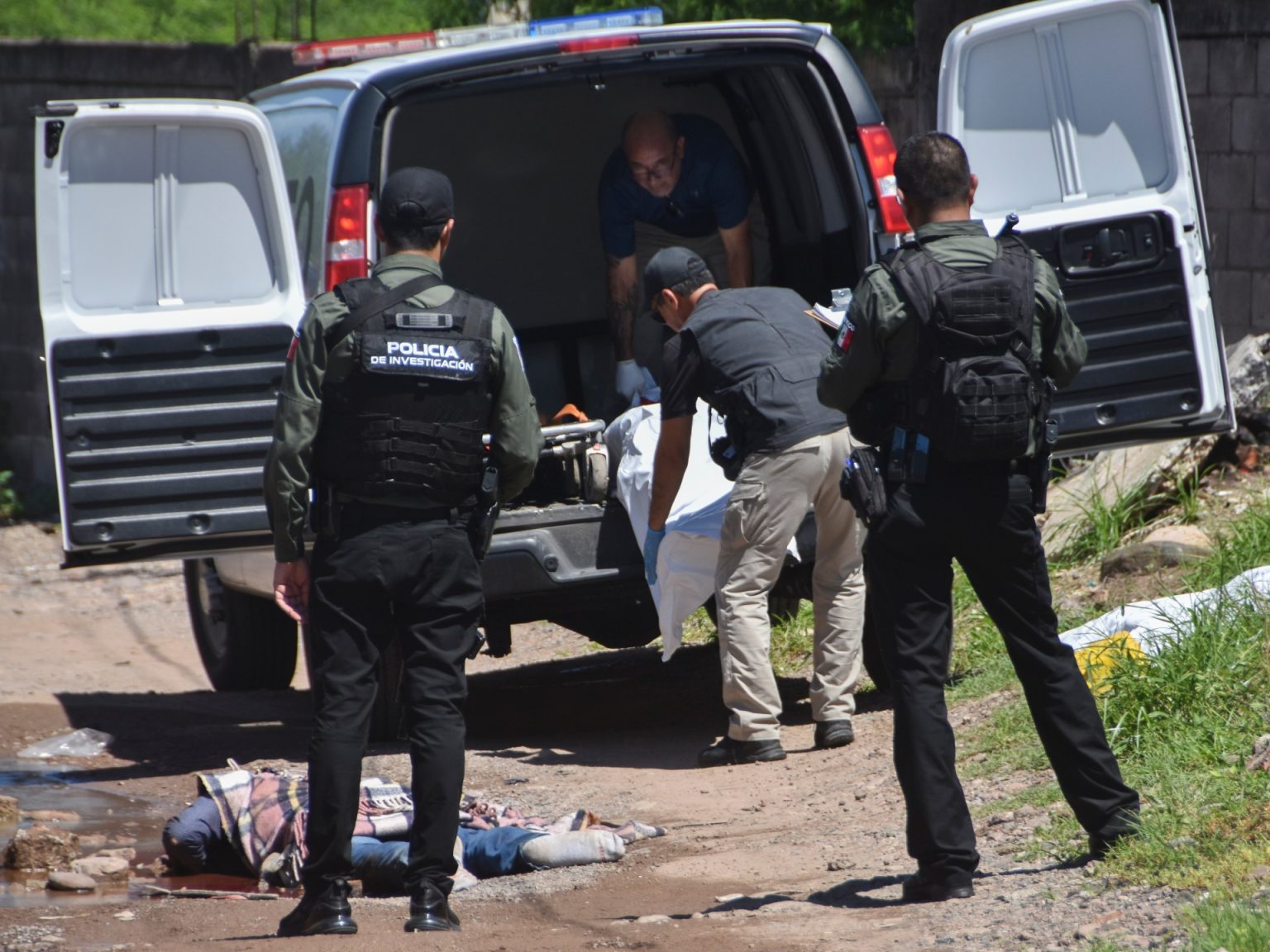Following the arrests of two top drug lords in the Mexican state of Sinaloa earlier this year, rival criminal factions are now engaged in a violent battle for control. This surge in violence is seen as a predictable outcome of the kingpin strategy, which aims to dismantle criminal organizations by targeting their leaders. While this approach may lead to short-term disruptions in criminal activities, it often results in power vacuums and infighting among rival factions vying for control.
The ongoing conflict in Sinaloa highlights the complexity of the drug trade and the challenges associated with disrupting criminal organizations. The arrests of high-profile drug lords may temporarily disrupt operations and lead to power struggles among rival factions, but they do not address the underlying issues driving the drug trade. Factors such as poverty, corruption, and weak governance contribute to the resilience of criminal organizations and make it difficult to dismantle them through targeted arrests alone.
The kingpin strategy has been criticized for its focus on high-profile arrests and its limited impact on overall drug trafficking activities. While removing top leaders can disrupt criminal operations in the short term, it does not address the root causes of drug trafficking and violence. To effectively combat organized crime, a more comprehensive approach is needed that addresses the socioeconomic factors driving the drug trade and focuses on strengthening governance and law enforcement capabilities.
The violence in Sinaloa serves as a grim reminder of the ongoing challenges posed by organized crime and the limitations of the kingpin strategy in addressing these issues. As rival factions battle for control in the wake of the arrests of top drug lords, the cycle of violence and instability in the region shows no signs of abating. To effectively address the root causes of organized crime and violence, a more holistic approach that addresses governance, corruption, and socioeconomic factors is needed.
The situation in Sinaloa underscores the need for a comprehensive and coordinated response to organized crime that goes beyond targeted arrests of high-profile individuals. Addressing the underlying issues driving the drug trade and violence in the region requires a multifaceted approach that includes social and economic development, law enforcement capacity-building, and efforts to strengthen governance and the rule of law. Only through a comprehensive strategy that addresses the root causes of organized crime can lasting peace and stability be achieved in regions affected by drug violence.
In conclusion, the recent surge in violence in Sinaloa following the arrests of top drug lords underscores the limitations of the kingpin strategy in combating organized crime. While targeting high-profile individuals may disrupt criminal operations in the short term, it does not address the root causes of the drug trade or prevent power vacuums that lead to further violence and instability. A more comprehensive approach that addresses governance, corruption, and socioeconomic factors is needed to effectively combat organized crime and achieve lasting peace and stability in regions affected by drug violence.













